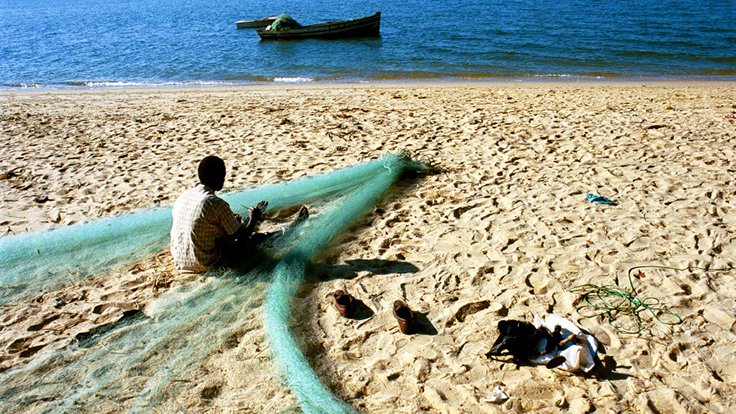The World Bank’s global study on adaptation costs—Economics of Adaptation to Climate Change (EACC)—released in 2009 found that the price tag of adapting to climate change in developing countries to be $75-$100 billion per year for the period 2010 to 2050. While this equals only 0.2% of the projected GDP of all developing countries, it is as much as 80% of total current ODA. For Sub-Saharan Africa, the study estimated annual adaptation costs of $14-17 billion.
A parallel exercise was done in partnership with policymakers and stakeholders in seven countries to understand what these global costs imply for individual countries. The country studies were done to help decision makers better assess climate change risks and design appropriate adaptation strategies.
The seven country case studies were selected based on overall vulnerability to major climate change impacts, differing environmental, social, and economic conditions, and adequate data at the national level. Country interest and buy-in at high government level was also fundamental to select the countries. Although it was difficult to ex ante identify the best set of candidates, as is always the case in similar exercises, it was considered important to have representativeness in terms of continents, size, population and income level of the country, as well as richness of data and local capacity to work with the EACC core team to apply the proposed methodology in the country.
Mozambique, Ghana, and Ethiopia represent nearly the full range of agricultural systems in Africa. Mozambique is subject to flooding and extreme events, including tropical cyclones. Both Mozambique and Ghana are on the receiving end of water flowing out of major international river basins. With most of their economic activity and population concentrated along the coast and in low-lying deltas, Vietnam and Bangladesh are Asian countries widely recognized as among the world‘s most vulnerable to climate change, particularly from extreme weather events and flooding, with particular impacts on poorer populations. Bolivia is a poor Latin American country traditionally dependent on the Andean glaciers to supply good portions of water demand, and consisting of a wide range of agro-ecosystems—from smallscale family agriculture on the Altiplano (largely composed by native indigenous populations) to largescale commercial agriculture in the lowlands of Santa Cruz. Finally, Samoa represents a low-lying pacific island at increased risk to sea level rise and storm surge.
Given the impacts, the countries will have to avoid, manage and withstand some of these risks with prioritizing actions on adaptation. The studies have overarching lessons for the near-term and the longer term that may offer useful guidance for policy-makers:
Economic development is a central element of adaptation to climate change Cost-benefit analysis of several projects, for example, in irrigation suggests that most of these are good for development as well as adaptation. In Ethiopia, robust growth based on infrastructure investment is the first line of defense against climate change impacts.
However, it should not be business as usual. There is need to invest in human capital, develop institutions, and avoid incentives that encourage development in locations exposed to severe weather risks. Adaptation will require a different kind of development—such as breeding crops that are drought and flood tolerant, climate proofing long-lived infrastructure to make it resilient to climate risks. For example, in Mozambique, there is need to look at ports like Beira and make sure it is climate-proofed.
Start with actions that make sense even without climate change. All over Africa, these studies show that expanding the road system and increasing the share of paved roads would yield high return by lowering transport costs and expanding markets. They lessen flood impacts and enhance farmers’ ability to respond on changes in agriculture.
Look beyond planned and hard (capital intensive) adaptation to soft (institutions and policies) adaptation. In Ghana, a number of soft measures are recommended over hard ones—including an upgrade of peri-urban slum and controlled development of new ones. In Ethiopia, there is need to look at strengthening social safety nets and crop insurance programs.

